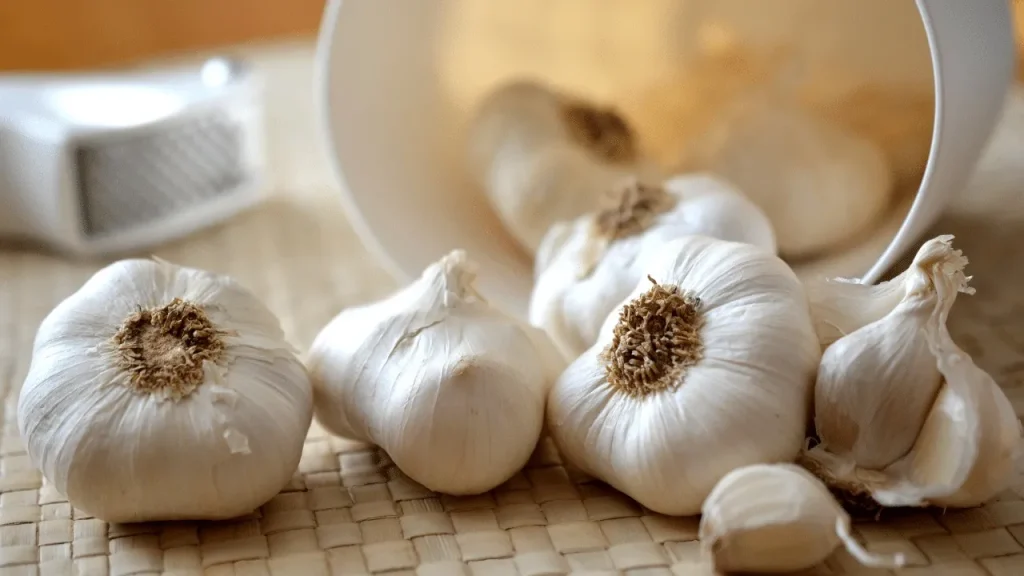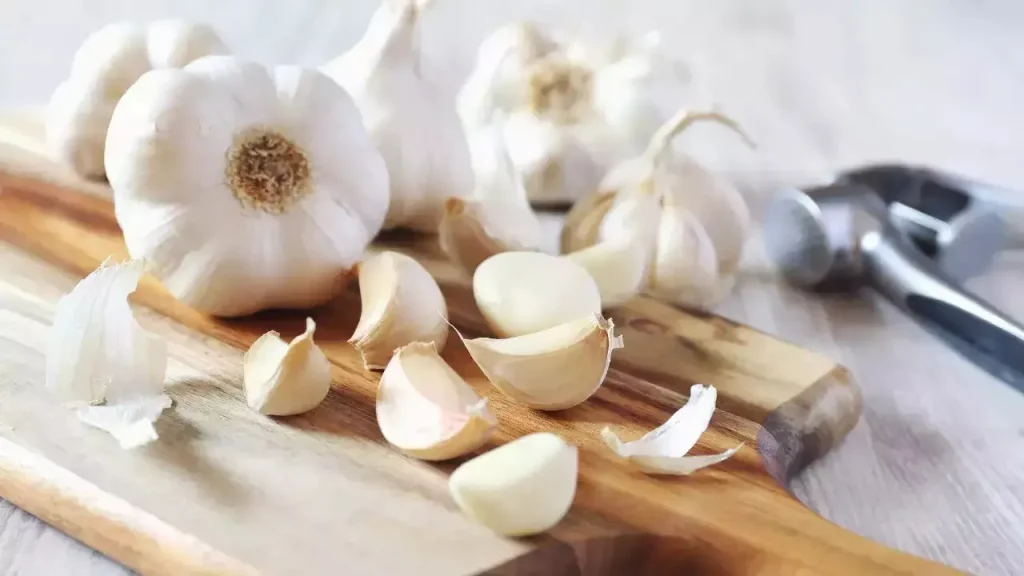Garlic is a staple ingredient in Indian kitchens, adding flavor to curries, tadkas, and various dishes. Its popularity extends beyond India, as international cuisines also rely on its rich taste and health benefits. However, the rise in adulteration has affected even this essential ingredient, with reports of fake garlic made of cement being sold in Maharashtra’s Akola district.

According to the National Library of Medicine, garlic and its bioactive compounds have been shown to offer significant health benefits, including protection against cancer, cardiovascular diseases, metabolic disorders, high blood pressure, and diabetes. Its antioxidant, anti-inflammatory, and lipid-lowering properties contribute to overall well-being. However, consuming adulterated garlic, especially one mixed with harmful substances like cement, poses serious health risks. Ingesting such garlic can lead to nausea, vomiting, stomach pain, diarrhea, and even internal organ damage due to toxic chemicals like calcium oxide. Inhaling cement dust from fake garlic may also cause respiratory issues such as coughing and lung irritation. Prolonged consumption of contaminated garlic could stress vital organs, potentially leading to severe health complications.

To ensure the garlic you buy is genuine, here are seven simple ways to check its purity:
- Color Check: Real garlic may have slight imperfections, while fake garlic is often unnaturally white and polished.
- Texture Test: Genuine garlic has an irregular shape and texture, while fake garlic appears too smooth and uniform.
- Skin Inspection: Authentic garlic has thin, easy-to-peel skin, while fake garlic has thicker, harder-to-remove skin.
- Water Test: Real garlic sinks in water, whereas fake garlic may float due to artificial fillers.
- Smell Test: Natural garlic has a strong, pungent aroma, whereas fake garlic lacks scent or has a weak, chemical-like smell.
- Taste Test: If garlic leaves a chemical aftertaste, it may be adulterated and should be avoided.
- Packaging Inspection: If the garlic looks too perfect or has suspiciously flawless packaging, it may be artificially enhanced.
With rising concerns about food safety, it is crucial to stay vigilant while purchasing everyday ingredients like garlic. Identifying and avoiding adulterated food can help safeguard health and ensure the consumption of natural, high-quality produce.
